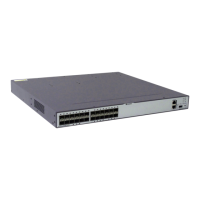Figure 11-2 Typical MCE networking diagram
CE
MCE
Service provider's
backbone
CE
VPN 1
Site
Site
Site
Site
VPN 1
VPN 2
PE
PE
PE
P
P
P
P
VPN 2
Basic Concepts
l CE
An edge device that is located in a user network. A CE provides interfaces that are directly
connected to the Service Provider (SP) network. A CE can be a router, a switch, or a host.
In most situations, a CE neither senses a VPN nor supports MPLS.
l MCE
A CE configured with MCE functions. An MCE can connect to multiple VPNs whose
services are isolated completely.
l PE
An edge router that is located in an SP network. A PE is an edge device in the SP network
and is directly connected to the CE and MCE. In an MPLS network, PEs process all VPN
services.
l Provider (P)
A backbone router that is located in an SP network. A P device is not directly connected
to CEs. The P devices only need the basic MPLS forwarding capability, without
maintaining information about a VPN.
l Site
A group of IP systems with IP connectivity between each other. Their connectivity need
not be implemented through an SP network. The site is connected to the SP network through
a CE or an MCE.
11.2 MCE Functions Supported by the S6700
When the S6700 functions as an MCE, multiple routing protocols can be run between an MCE
and a PE, and between an MCE and a site, including static routes, the Routing Information
Protocol (RIP), the Open Shortest Path First (OSPF), the Intermediate System-to-Intermediate
System (IS-IS), and BGP.
NOTE
S6700 Series Ethernet Switches
Configuration Guide - IP Routing 11 MCE Configuration
Issue 01 (2012-03-15) Huawei Proprietary and Confidential
Copyright © Huawei Technologies Co., Ltd.
629

